|
|
|
|
|
|
Classroom FAQs
Why Are Music Together® Classes Mixed Age?
This is the essential Music Together class, one that a child can attend from birth through age five, through all nine song collections. This basic class follows the recommendations of child development researchers—grouping children of a variety of ages because this fosters natural, family-style learning. Younger children enjoy watching and imitating older ones; older children learn by leading younger ones; and adults are happy because the children in the family can go to class together. Each child participates at his or her own level in singing, moving, chanting, listening, watching, or exploring musical instruments. Any caregivers—parents, grandparents, nanny—can bring the children. The whole family is welcome for this important family music experience.
If I have a baby who is younger than 8 months, should I register for the infant class?
Every child’s development benefits from early exposure to music and movement. Because the early months are so important, Music Together offers two options for babies. Those eight months and younger at the time of registration may attend a Mixed-Age Class, whether registered on their own or attending free with an older sibling. Babies may also take the Babies Class offered as a one-session introduction to Music Together. The music activities are specifically designed for parents who want to learn as much as possible about music development in infants, meet other parents of newborns, and learn music activities you can recreate at home with your baby.
What should I expect of my child?
As you participate in class, listen to the recordings together, and try the activities at home, what kind of response should you expect? Some children are spontaneous singers and movers, others are careful and astute observers. In either case, after sufficient listening and observing time at home and in class, you may begin to notice your child singing or chanting parts of songs, sometimes with words, sometimes without. However, even when your child gives no response or seems externally not to be listening or participating, important unconscious learning is taking place.
Keep in mind the following points:
- Most children choose (wisely) to observe more often than to participate actively in class. They are taking in information, which they will act on later at home.
- Most children become accustomed to the class routine and their classmates around the sixth week. At this point, their participation is likely to increase.
- Children are assimilating important music information, whether or not they are outwardly participating. At home, this means it may be all the more important to play the recordings and sing the songs yourself, even if your child seems to be unaware or uninterested, especially during the first few weeks of class.
- Remember that you are the most important model and teacher for your child. Your role is to participate and enjoy the class yourself, even though your child might choose to sit back and observe. If you are enjoying yourself, your child will soon wish to share that enjoyment with you.
What should I expect for myself?
Some parents are somewhat disconcerted by the concept of being their child's most important role model, especially when it comes to music! You may feel that you are not particularly musical - some even describe themselves as "tone deaf". You may be great at singing but feel unsure of yourself or vague when dancing or trying to keep the beat. Whatever the level of your skill or experience, the most important things you can model for your child are simply pleasure, interest, and the desire to participate in music activities.
Many adults feel deprived, confused, or inadequate about their ability in music, as if they have been denied something that should be effortless and natural. In fact, this is often the case. As your understanding of your child's music development grows in the coming weeks, you may also come to understand that unfortunate circumstances in your own childhood music experience may be at the root of some of these feelings. More importantly, by participating with your child, you can begin to rediscover within yourself the natural human musicality that is everyone's birthright.
What about practicing at home?
Enrolled families receive access to download the music collection for each session. Instructions are located inside the front cover of the beautifully illustrated songbook, which you will receive on your first day of class.
The recordings provide a way of reinforcing and following up on the class experience. The more you can continue participating at home, the better. Play your songs at home and in the car. Do not limit its use to the car, though - children are less able to move to the music while strapped into a car seat! Many children will want specific songs repeated again and again. Try to accommodate them by replaying their favorite track. They crave the repetition because it is necessary for their development. Another way they practice is through spontaneous, playful imitation of the songs and activities they experience in class. These imitations will, of course, probably not be "correct", but they will certainly be fun!
Some children may not demonstrate interest in the recordings. Right now, they may have different developmental needs and interests or simply have other current favorites. Perhaps they haven't adjusted to the class experience yet and are holding some enthusiasm in reserve! Just play the songs in the background, perhaps as they play or take a bath. Their interest will most likely grow with familiarity.
Notice the effects of your child's experience in class and note listening habits with the songs during the week. Bring any questions you might have about your child's responses to discuss with your teacher and other parents next class.

